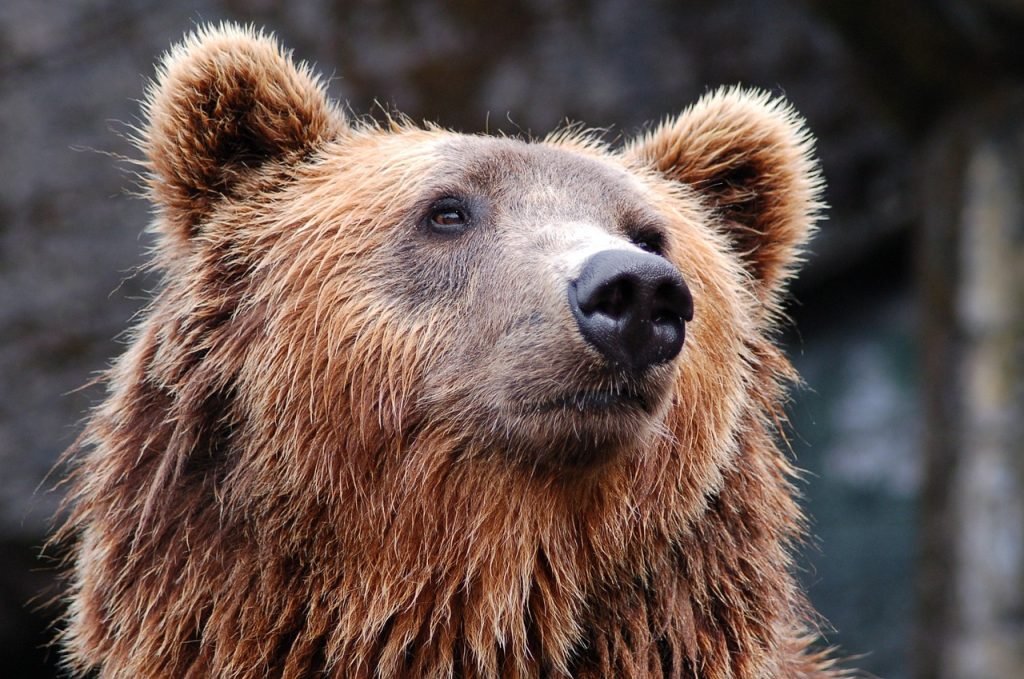Have you ever wondered what you would do if you encountered a bear in the wild? It’s a thought that can send shivers down your spine, but understanding how to protect yourself from bears can reshape that fear into preparedness.
Understanding Bears
Bears are fascinating creatures, and knowing more about them can reduce the anxiety that comes with potential encounters. There are several species of bears, but the most commonly encountered in North America are black bears and grizzly bears.
Black Bears
Black bears are generally smaller than their grizzly counterparts, with adult males weighing between 150 to 600 pounds. They are more likely to avoid humans, but don’t let their seeming shyness fool you—if surprised, they can act aggressively.
Grizzly Bears
Grizzlies are larger and more formidable. Adult males can weigh up to 800 pounds and are equipped with powerful muscles and sharp claws. They are more likely to confront threats head-on, especially if they feel their cubs or food are in danger.
Understanding their behavior can help you navigate potential encounters more effectively.
Bear Behavior
Understanding how bears behave is crucial for your safety. Their actions can signal how they might react in different situations.
Signs of Aggression
When you encounter a bear, watch for warning signs. Bears may huff loudly, swat the ground, or stand on their hind legs to get a better view. If you see these behaviors, it’s a clear sign to give them space.
Defensive vs. Predatory Behavior
Bears display two types of aggression: defensive and predatory. Defensive behavior occurs if they feel threatened, often when they see you close to their cubs or food source. Predatory behavior is rarer and occurs when a bear views you as potential prey.
Recognizing Bear Tracks and Scat
Familiarizing yourself with bear tracks and droppings can be useful. Bear tracks have five toes and are usually rounded, while scat often contains remnants of what they’ve eaten, such as berries or fur. Recognizing these signs can alert you to bear activity in the area.

This image is property of pixabay.com.
Precautions to Take
Taking precautions before heading into bear country is essential. By preparing adequately, you can significantly reduce the chance of an unpleasant bear encounter.
Proper Food Storage
When camping or hiking, proper food storage is critical to avoid attracting bears. Use bear-proof containers or hang your food from a tree, at least 10 feet off the ground and 4 feet out from the trunk, to keep it out of their reach. Avoid leaving food scraps around your site to minimize odors.
Keeping a Clean Campsite
Ensure your campsite is clean. Dispose of trash properly, and keep food away from your sleeping area. A clean site is less likely to attract curious bears trying to sniff out a snack.
Using Bear Deterrents
Consider carrying bear deterrents like bear spray. Bear spray is an effective tool; it can deter a bear when sprayed in its direction if it approaches you. Ensure it’s within reach at all times, and practice using it before your trip.
What to Do During an Encounter
If you find yourself in a bear encounter, knowing how to react can mean the difference between safety and danger. Stay as calm as possible and adhere to these guidelines.
Stay Calm and Don’t Run
If you see a bear, the first step is to stay calm. Running can trigger a chase response, and you might not be able to outrun a bear. Instead, slowly back away while keeping your eyes on the bear.
Speak Softly
If the bear isn’t acting aggressively, talk to it in a calm voice. This lets the bear know you are human and not a threat. Avoid yelling or making sudden movements, as these can provoke a bear.
Know the Bear Type
If it’s a black bear, try to make yourself look larger by raising your arms. In contrast, if it’s a grizzly bear, it’s vital to play dead if it charges. Lie flat on your stomach with your hands over your neck until the bear leaves the area.

This image is property of pixabay.com.
Educating Yourself on Local Bears
Before visiting areas known for bear activity, take time to educate yourself about them. This knowledge can be invaluable.
Research the Area
Learn about the types of bears common in your destination. Understanding their behavior, typical food sources, and recent local sightings can inform your preparations.
Local Regulations and Guidelines
Always be aware of local regulations regarding bear safety. National or state parks often have guidelines in place to help visitors avoid encounters, such as designated bear-safe camping areas or specific food storage rules.
In Summary
Understanding bears and taking the right precautions can significantly enhance your safety in bear country. By educating yourself and preparing adequately, you can enjoy the wonders of nature without undue fear.
Final Thoughts
The truth is, many people visit bear country every year and have wonderful, safe experiences. It boils down to understanding bears, ensuring you know what to do in an encounter, and taking proactive steps to minimize risks.
Always remember that these magnificent creatures play a vital role in our ecosystem. Learning to coexist with them respects their space while allowing you to cherish the wild beauty they represent. So the next time you venture into bear territory, carry this knowledge with you—it’s your best tool for protection!

This image is property of pixabay.com.

